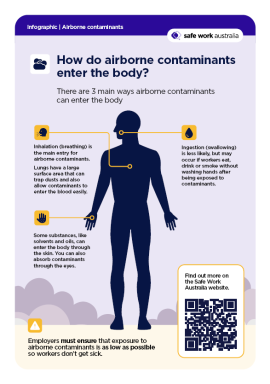
Downloads
Australia is transitioning to the Workplace exposure limits for airborne contaminants (WEL list). Until 1 December 2026, you must still comply with the Workplace exposure standards for airborne contaminants (WES list). Contact your work health and safety regulator for further information.
Infographic content:
How do airborne contaminants enter the body?
There are 3 main ways airborne contaminants can enter the body.
- Inhalation (breathing) is the main entry for airborne contaminants. Lungs have a large surface area that can trap dusts and also allow contaminants to enter the blood easily.
- Ingestion (swallowing) is less likely, but may occur if workers eat, drink or smoke without washing hands after being exposed to contaminants.
- Some substances, like solvents and oils, can enter the body through the skin. You can also absorb contaminants through the eyes.
Employers must ensure that exposure to airborne contaminants is as low as possible so workers don’t get sick..
Additional Resources:
Publication Date:
Last updated:
Publication type:
